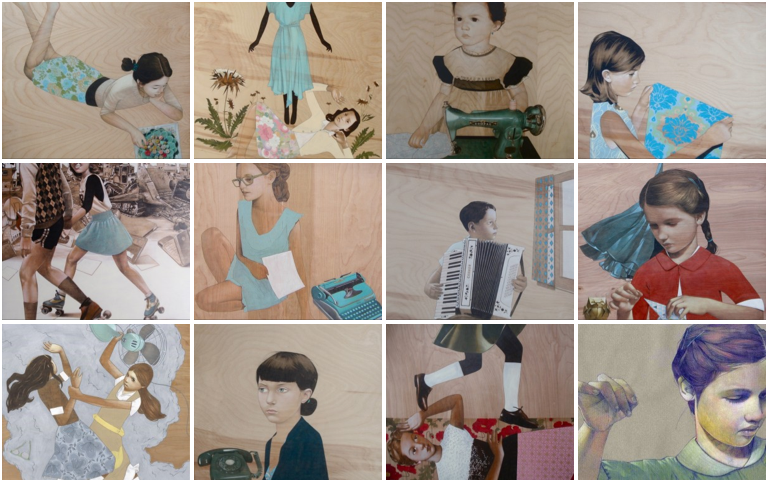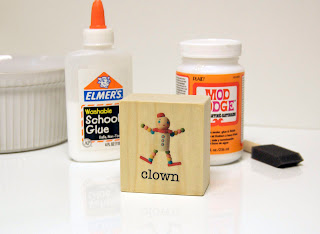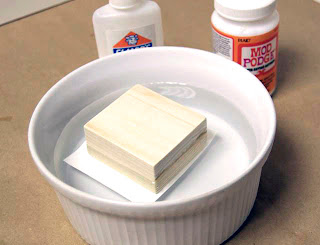First off, check out the amazing work of Sean Mahan shown below. Amazing, right? Yes. Aren’t you inspired? Why not print your work on wood? You can.
There are a few ways to get your design onto wood. Inkjet printing, or “giclee,” is the most popular printing method right now with printers ranging from desktop home models to multi-thousand dollar high end commercial flatbed printers. All options shake out to a field of two: do it yourself or hire somebody. Think of the possibilities!
Veneers
Veneers are thin pieces of wood that can fit through a not-so-loved printer. Some have been designed for inkjet. A demo can be found here.
Veneer Suppliers: (google ’em too)
- Cards of Wood
- Oakwood Veneer
- Brookside Veneers
- Veneer Supply
- Rockler
- (email to add your name here)
Giclee Printers
DirectJet printers and their cousins are designed to print on large, flat surfaces. (An industry site can be found here.) A number of commercial giclee printers use these high end machines to print your designs on glass, wood and aluminum.
Service Bureaus / Printers: (google ’em too)
- Night Owl Paper Goods
- My Wooden Canvas
- IO Labs
- New Era
- (email to add your name here)
InkJet Transfer
This is tried and true. Print on a special substrate and then move the color onto the surface you desire. Exerpts from a tutorial by matsutake is below. Go read the whole thing: here.
How to transfer inkjet images to wood
Here we go! This is what you’ll need. Mod Podge, Elmer’s washable glue, and a piece of cardstock.
Step 5: Soak it. You can dunk it in water, run it under a faucet, or squirt it with a spray bottle. Let the cardstock get really wet and soft. Gently peel off the cardstock. I held this under running water while I peeled it. You can gently rub the image with your finger tip to loosen any remaining paper pulp.Posted 14th October 2009 by Katie



